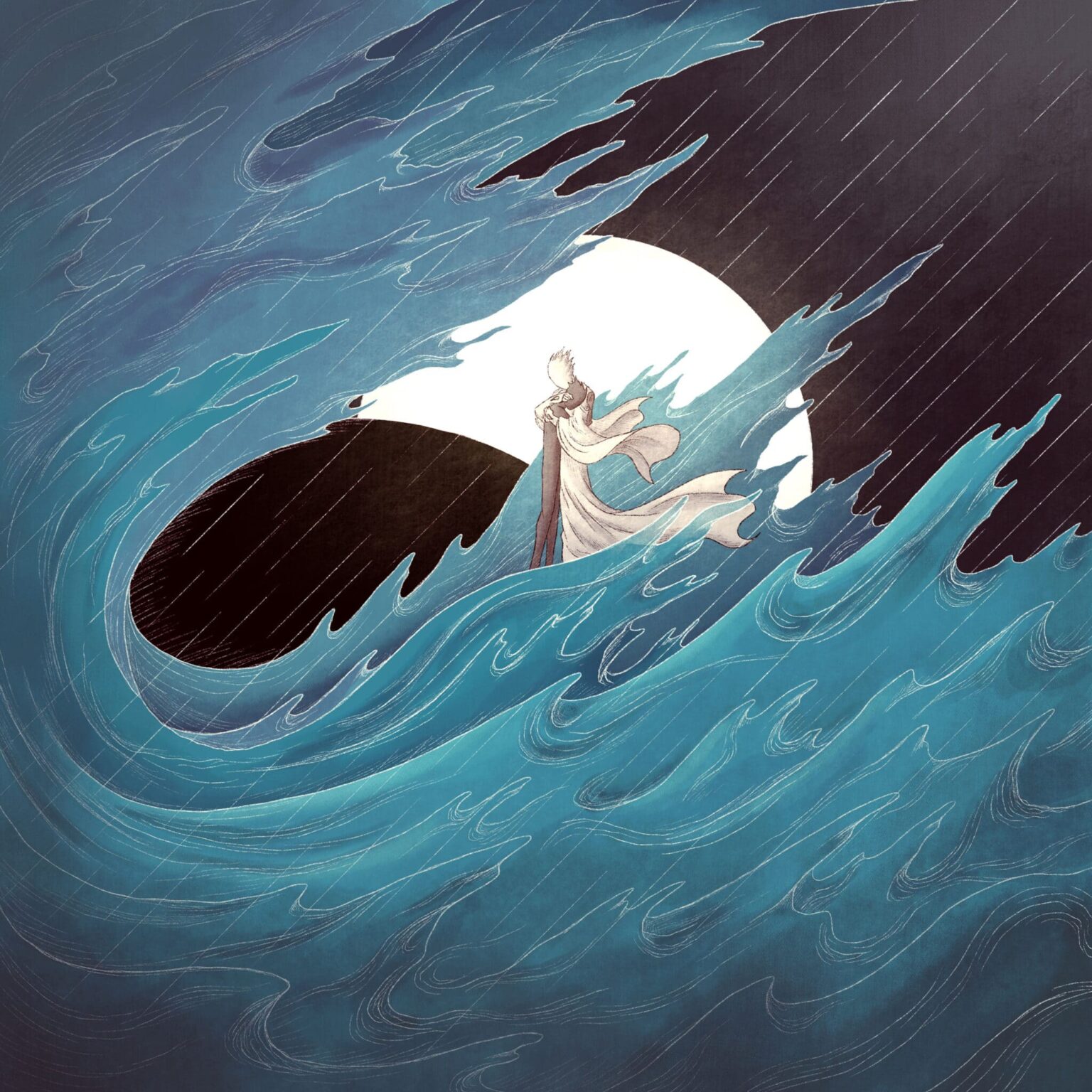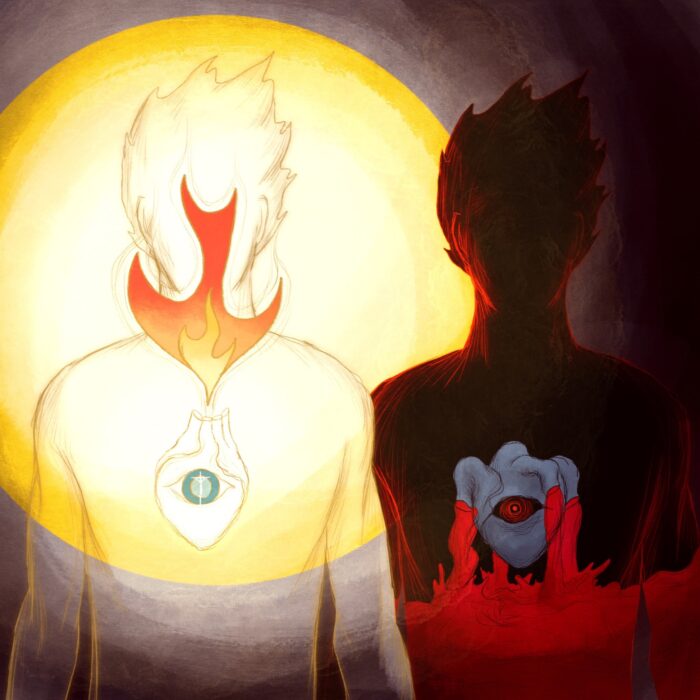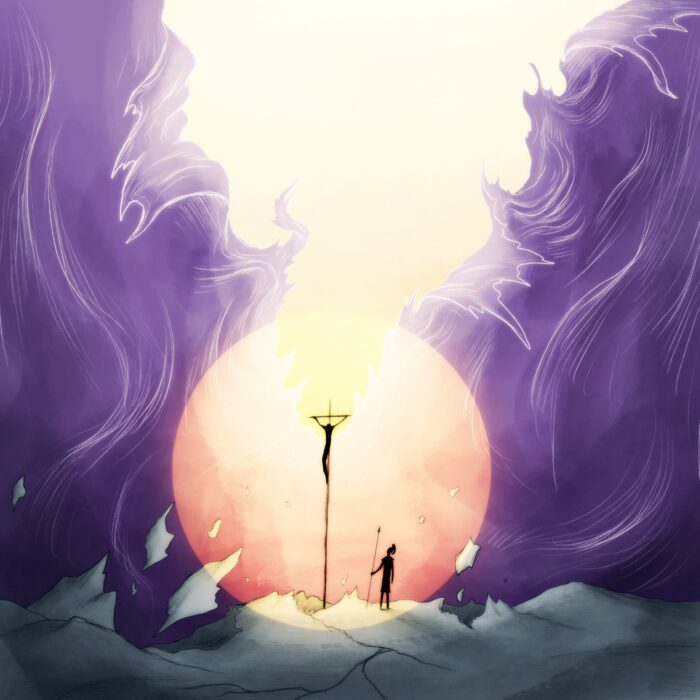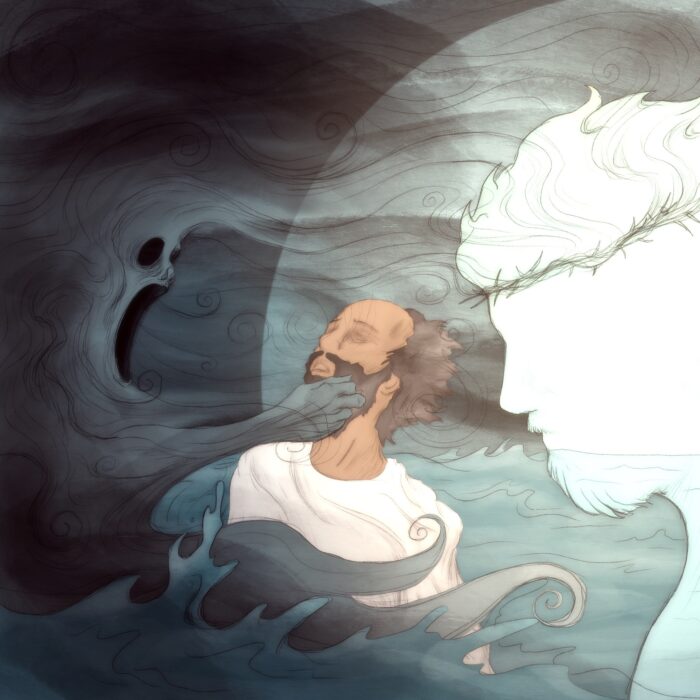Matthew 14:28-29, “‘Lord, if it is you, command me to come to you on the water.’ And He said, ‘Come.’ And after getting out of the boat, Peter walked on the water and came to Jesus.”
What Peter asks, what Jesus commands, and what Peter—therefore—does, is *not* primarily to walk on water, but *to come to Jesus*. Peter asks the Lord to command him to “come to you” and it is this coming to Himself that Jesus commands. Yes, Jesus was standing on the water and so coming to Him would entail walking on the water, but the focus, the goal, the end, the prize, the purpose is coming to and being with Christ.
So again, I reiterate, Peter’s request, Jesus’ command, and Peter’s action is a coming to Christ Himself. The miraculous element of the approach is incidental. So too may it be for us. That our desire would be to come to Christ, wherever He is….to come to Him, to be with Him, to be found in Him and so to be found where He is. And if He stands in the waves in the midst of the storm outside of our boat—so be it. We would be with Christ. We would cling to our Lord. To hold fast to Him while standing on the storm-tossed sea is a thousand times more to be desired than to remain in the “safety” of the boat where He is not to be found.
And see too that Christ Himself is security….Christ Himself is assurance. What is more unsure and unsafe and unfit for walking than water? Indeed, storm-tossed water, the abyss itself. What—humanly speaking—could be a worse path than this? And yet, if that is the path upon which Christ is to be found, it will hold us up, it will be solid beneath our feet; the water itself will become a highway upon which we walk—if that is where Christ is.
One final note. The reason that Jesus stands in the midst of the storm, and so the reason Peter is able to approach Him in that storm, is because Jesus chose to enter the storm. It was the disciples’ storm, it was the disciples’ dark night, indeed, it was the disciples torment (v.25), and yet Christ makes it His own by entering into it.
The torment of the night and the terror of the waves become a context in which Peter is able to meet with Christ only and precisely because Christ chooses to come down into that night and that terror, to “pass through the sea of [His people’s] affliction” (Zech. 10:11). In this sense, then, I think we see here the crucifixion and resurrection of Jesus and the enduring impact of that reality on His suffering people in all ages.
He enters the tormenting storm of our sin, suffering, and death, and because of that, we will—in whatever storm—find Him standing on the waves at its very heart. And not only will Jesus be there in the midst of every storm—having made them His own storms by His cross—but He will turn the storms into a context for communion with Himself……Because He was crucified, He is now able—from the heart of our fear, from the heart of our uncertainty, from the heart of our Chaos—to call us to Himself. “Take heart, It is I…” is the word the crucified Christ who is risen speaks to us from the heart of all our crucifixions in this world….. “Take heart, at the heart of this horror that you face, I am.” And because He stands there at the center of the storm, the storm itself has been transfigured into a place of meeting, into a context for intimacy, into a matrix of communion with the Lord.
And so….when the storm descends….may we have eyes to see the Lord Himself, our Beloved, standing on the waves at its center….and may we have ears to hear His commanding invitation to come to Him in the midst of the storm….and may we be given the grace and the faith to walk out to Him, the waves of our suffering transformed into stepping stones on the path of intimacy with the one for whom our souls were made.




